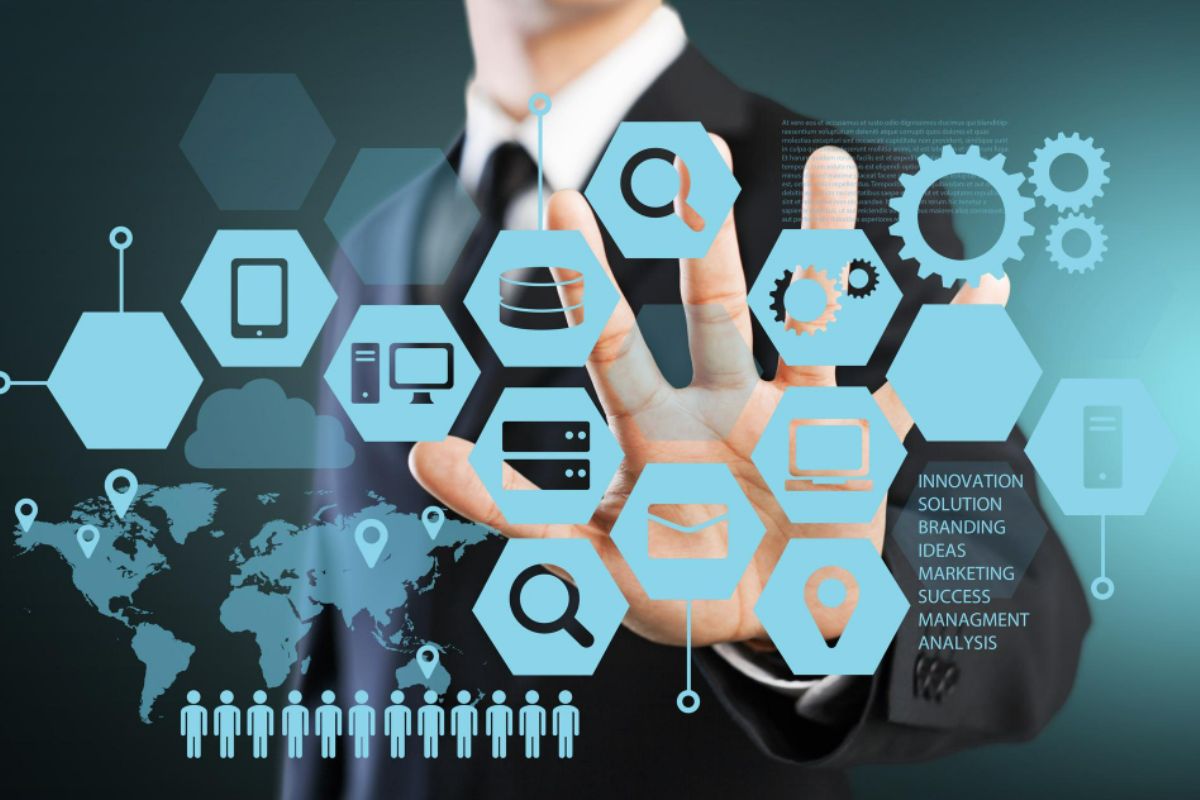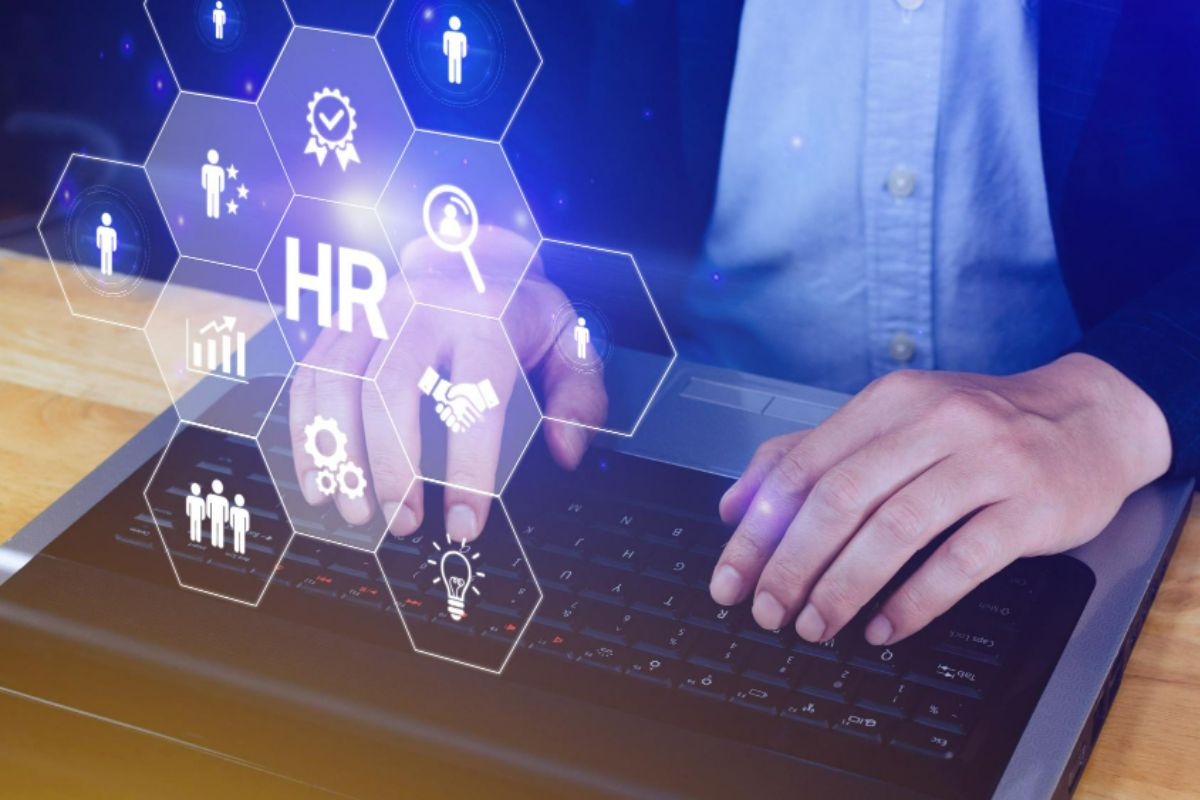Overview
- HRIS systems streamline and automate human resource-related tasks, such as payroll processing, time-off tracking, and employee data management.
- The two pillars of an HRIS system ensure efficiency in roles in the business structure and secure and manage employee data.
- HRIS tools are used to organize employee data, monitor performance and training, and gather critiques or assessments. These tasks are often according to which features you adopt.
The workplace is constantly changing. Coping with the work demands may become challenging. That’s why human resources (HR) require convenience in their various processes. To manage this, companies help by seeking and investing in indispensable tools to streamline their operations. One of them is HRIS solutions. With this, businesses all across the globe can transform their HR operations, reaching their full potential. In this article, we look into the basic fundamentals of HRIS systems. Read on to learn more.
What is an HRIS Solution?

An HRIS or a human resources information system is a type of business management software that aims to support, streamline, and automate human resource-related tasks. Adopting HR activities with highly developed IT systems can make operations more efficient. This is done through the many features you can add to the platform.
The features maximize the tool. They directly influence the platform’s versatility and flexibility for your unique preferences. Here are a few major features an HRIS may have:
- Automatic payroll and payroll tax processing
- Multiple pay rates and pay schedules
- Reimbursements
- Time-off tracking
- Digital paystubs
- Coworker directories
The most in-demand function of this tool is managing personnel and payroll. This task alone takes up 57.8% of the HR tech market. It impacts not only HR procedures but also accounting systems. Other important functions include recruitment and engagement, making up 26.4%, and connectivity, which accounts for 10.3% of the essential features of an HRIS.
With these customizable features, you can easily manage your human resources.
The Two Pillars of the HRIS Platform
In understanding the purpose of this platform, we explore the two pillars of an HRIS system.
Organizational Structure
In this new age, organizational structures are often redesigned to balance the employee’s autonomy and managerial authority. This rethinking of hierarchy is a result of advocating for empowerment. With HRIS, the transition to your unique business structure can be smoothly executed and adopted.
It ensures the efficiency and clarity of the ranking in the organization. This includes the roles, functions, and reporting hierarchy. It establishes the responsibilities of each position to ensure consistent functionality of employees. This helps make tasks and activities clear in the working environment.
Employee Data Management
Working in human resources centers on each individual working for the business. This nature often leads to managing a variety of extremely personal information. It may include medical and financial details.
AN HRIS has a knowledge base on all these data from address and employment history to salary and penalties. It has a comprehensive view of all the professionals. Using this tool enables standardized processes in documentation and reporting. Furthermore, it enhances security aligning it with the Philippines’ Data Privacy Act of 2012.
What Do You Use the HRIS System for?

When you use the right features, the HRIS platform can be useful in many ways.
Organize and Analyze Employee Data
HR professionals can efficiently organize the data of each employee. This will help them with easy access to specific information. It will also offer data visualization tools for better interpretation.
Data can include accumulated tenure, paid time off and sick days, performance reviews, and more.
Tracking Performance and Training
HRIS tools can adeptly monitor the performance of each professional. This is through using tools that can set goals and conduct reviews. Centralizing your performance-related information in one system helps you streamline your review. It also helps you keep track of employee training, helping you support their career growth.
Gathering Feedback
There are two ways an HRIS system can help gather feedback. The first situation is feedback on the HR process itself. This can be streamlined hiring, onboarding, exit, and turnover processes.
The second is about the overall performance of workers. Since the platform already monitors their improvement, HRIS systems can help managers give feedback on tasks and projects to their team members. This helps to enhance performance while also clarifying expectations.
Key Takeaway
Adopting HRIS systems can significantly make an impact on managing human resources. By leveraging this tool to automate and streamline processes, your business can unlock numerous benefits. As an important resource, it can empower HR professionals to make strategic initiatives for success.
Elevate your HR operations with Omniwys by Ricktek Solutions. Our flagship product is developed to adapt to your organization’s unique needs. Offering seamless integration, advanced analytics, user-friendly interface, you can unlock the full potential of your workforce with Omniwys. Contact us today to experience unparalleled HR support and efficiency.





